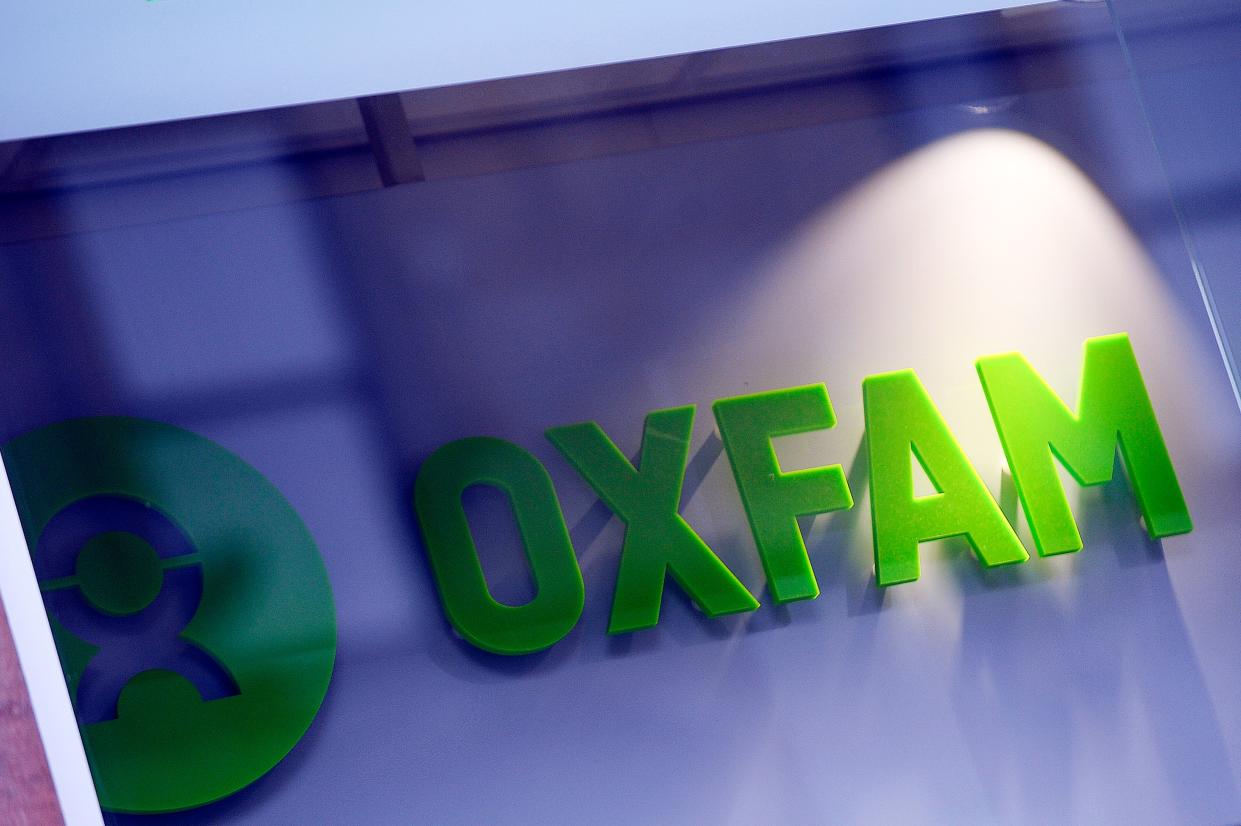The most important thing about new Oxfam wealth report is not the headline numbers

The annual Oxfam report in January always grabs headlines with shocking numbers about rising wealth inequality between the ultra-rich and the poor.
This Monday, the anti-poverty group is touting new figures showing the richest billionaires in the world saw their wealth rise by an average of $2.5bn (£1.9bn) per day in 2018 while the poorest half of the world saw their wealth decline by 11% over the year.
But, as with any statistical release, it’s important to understand the context. Many have challenged Oxfam’s methodology and questioned whether it’s painting a fully accurate picture.
Oxfam’s methodology “remains a flawed means of calculating inequality,” said Ryan Khurana in a 2018 article for the Institute for Research in Economic and Fiscal Issues.
He noted that comparing wealth – which is assets minus debts and liabilities – doesn’t properly reflect people’s living standards, since income is excluded from the calculation.
“One can feature a fragile financial position (high liabilities), and yet carry a good life thanks to his/her high income,” he wrote.
READ MORE: Flawed inflation figures hand investors £1bn-a-year bonanza
Others have noted that fluctuations in the US dollar mess up the overall picture, since the Oxfam figures measuring global wealth in different currencies are all converted into dollars.
Oxfam told Yahoo Finance UK it stands by its numbers and reports.
“We are confident that our figures accurately capture the big picture – a small minority are seeing their fortunes rise while the poorest are worse off,” it said. “Our calculations are estimations based on the best data available at the time.”
READ MORE: World Economic Forum warns globe ‘sleepwalking into crisis’
Oxfam uses the annual Forbes Billionaires list and the Credit Suisse Global Wealth Report to calculate its headline wealth figures.
The Forbes report in March 2018 showed that the nearly 1,900 billionaires who stayed on the list from the previous year saw their wealth increase by a collective $2.5bn per day. That works out to $0.5bn per individual for the year.
But the report doesn’t calculate what has happened in the months since the March release. During that time, stock prices in many developed markets rose and then tanked, which would have affected the holdings of many billionaires whose wealth is primarily tied up in corporate stocks.
The report also compares the Forbes report from March with the summer report from Credit Suisse, demonstrating the data isn’t quite comparable due to timing.
To their credit, it’s difficult to get any statistics that are not fraught with weaknesses and missing data points. And Oxfam is pursuing a noble cause with these annual reports, calling attention to the massive, growing disparities between the haves and have-nots.
Their message should ring true to all those who believe something must be done to fix global inequalities:
“We need to transform our economies to deliver universal health, education and other public services. To make this possible, the richest people and corporations should pay their fair share of tax. This will drive a dramatic reduction in the gap between rich and poor,” the authors said.
The Oxfam report is published each year immediately before the annual World Economic Forum in Davos, Switzerland. This year, the invitation-only event is being attended by more than 60 heads of state and 3,000 participants from more than 110 countries.

